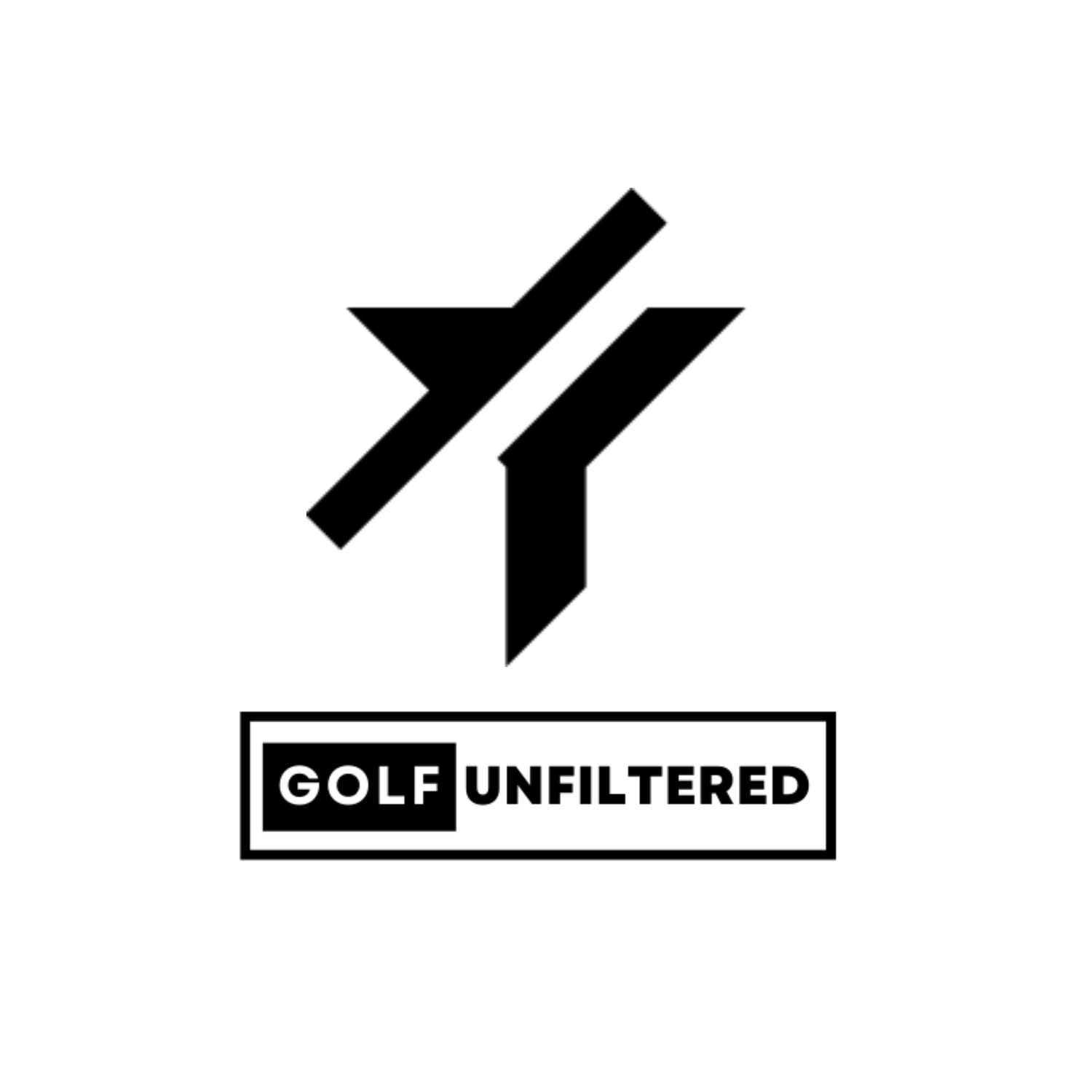Path to Better: Mastering the Impact Position
Of all the things to master in the golf swing, the correct impact position has to be the most difficult. In what will be an occasional feature on GU, this week's Path to Better will share the best info I've found on how to reach this critical golf swing position.
What is the correct impact position?
Simply put, you should have your hands ahead of the golf ball at impact. That's it. That's the key to crisp, compressed contact.
Getting to that position is a whole different story.

As you can see in the picture of Tiger Woods above, his hands are on the red line in front of the golf ball at impact. This position is the result of a proper weight shift toward the target coupled with a downward strike... and seemingly a million other secrets that I have yet to figure out.
Achieving the correct impact position
This is the tricky part.
If you search the above heading on Google, you are likely to get a mixture of drills, tips and theories on how to get those darn hands ahead of the ball. Depending on your skill level and type of player you are, making sense of that information can be as difficult as achieving the correct position in the first place.
Here are three videos that I feel present the clearest explanations:
MeandMyGolf on YouTube --
Golf Pro Andrew Rice on YouTube --
Golf Pro Sam Goulden on YouTube --
The overlaying message of those three videos is the same: you have to get your weight forward while hitting the ball with your chest... not your arms. This is often referred to as covering the golf ball. So what does that feel like?
What the correct impact position feels like
One way to "feel" the correct impact position is to set your hands forward at address, shift your weight toward the target and hold that pose on the driving range. But how do you recreate that feeling on the course and during a normal golf swing?
What is beginning to work well for me comes from my instructor at GolfTEC Naperville, Ian Hughes. He suggests feeling like my right bicep "pinches" against my right pectoral muscle through the impact zone. This feeling forces me to rotate my upper body through the ball instead of throwing my arms out at it.
While only a half-swing, you can see by my video above a big difference in impact position with this swing thought in mind. Extrapolating a shorter swing into a full swing is as easy as rotating my shoulders and chest more on the backswing.
It really is that simple.
